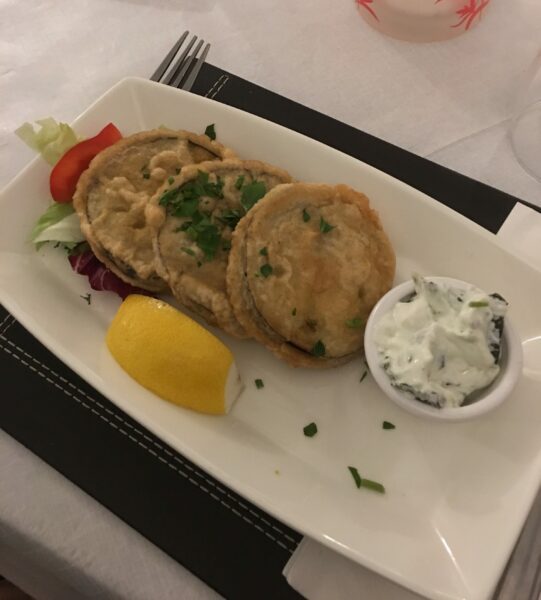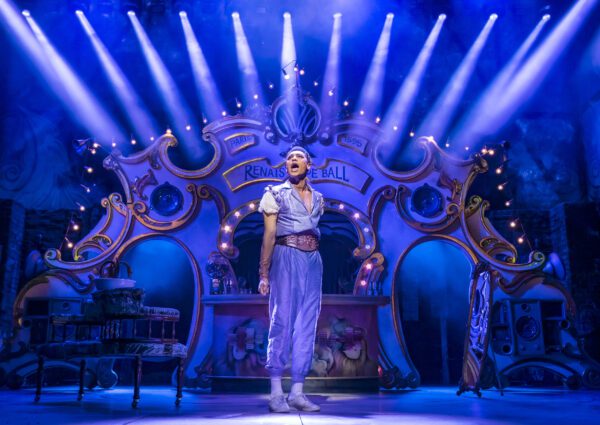Four autumn/winter wardrobe staples all students should own
As a busy student, the last thing you want to do is spend time worrying about what you are going to wear to lectures or the library. Therefore, it is important to have some key pieces in your wardrobe that are comfortable to wear and easy to throw on, so that you can look effortlessly fashionable every day. Here are four autumn/winter wardrobe staples that will never go out of style.
Trench coat
Nicknamed the “fashion editor coat”, this classic jacket has never gone out of style, and probably never will. A good trench coat is lightweight, comfortable to wear, and will protect you against wind and rain. Manchester weather is so unforgiving that a student can rarely leave their home without a coat. When you are outside, it is often the only part of your outfit people can see. So, invest in an ultra-flattering trench coat that looks good with everything and be protected from the elements in style.
Wool coat
A wool coat is essential to your winter wardrobe, especially for the colder months when a trench just won’t cut it. A lined wool coat ensures you always look chic and put together no matter what you’re wearing underneath. Wool is the warmest of all the natural fibres, and, unlike synthetic fibres, won’t make you feel sweaty when you pile on to a busy Magic Bus. Wool is also naturally water resistant, although it will need time to air out following a heavy downpour. The wool coat is both stylish and warm, the perfect coat to wear in winter for those early morning lectures.
Knits
Say goodbye to the lightweight linen and cotton fabrics of and summer! During the colder months, chunky knits are your new best friend.
When choosing knits, a crew neck is the perfect option for the autumn month. However, when it gets to the coldest winter months, opt for a higher neck so as little skin as possible is exposed to the cold air. Knitted jumpers are a great starting point for any winter outfit. They can be dressed up or down. They look casual and relaxed with denim jeans for an everyday uni outfit, or pair them with a midi skirt for a formal occasion.
Ankle boots
As a student, you will spend a lot of time walking on campus, therefore, good footwear is indispensable. Like a coat, your shoes are there to protect you from the wild and unpredictable weather winter in Manchester throws at you. A good pair of ankle boots are a great choice. They come in a wide variety of styles and colours, and everybody can find a pair to suit their personal style.
For those with a feminine taste in fashion, a pair of Chelsea boots will never go out of style. Dr. Martens are perfect for those who prefer something a little edgier. Pair your boots with a skirt for a night out or some wide leg trousers for long study sessions in the library.
































